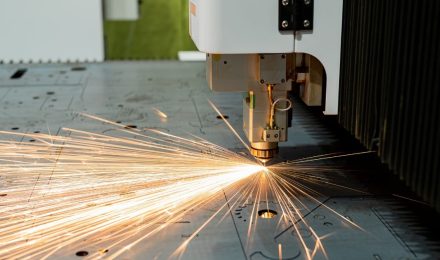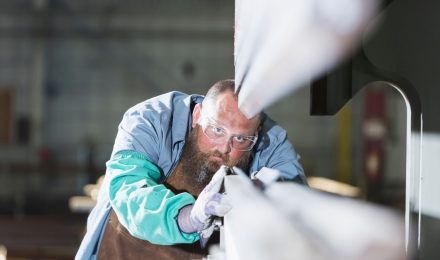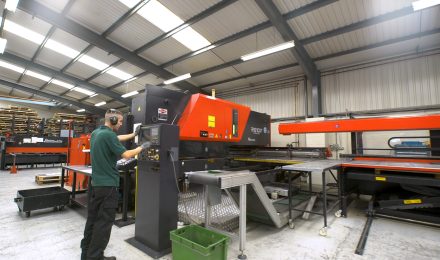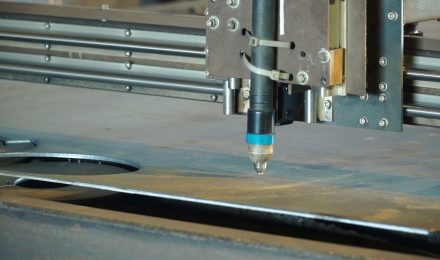Welding and brazing are two of the most common methods for joining metals, but they work in very different ways.
Welding melts and fuses metals together, creating strong, permanent joints, while brazing uses a filler material to bond metals without melting them. Choosing between these techniques depends on factors like joint strength, temperature, and material type. Some applications demand the durability of welding, while others benefit from the precision of brazing.
This article will compare both processes, highlighting their key differences, advantages, and ideal uses, helping you determine which method suits your metal fabrication needs.
What is Welding?

Welding is a process that joins metals by melting their edges and fusing them together. This is achieved using heat sources like electric arcs, gas flames, or lasers.
Once cooled, the welded joint becomes as strong as the base metal. There are various types of welding, including MIG (Metal Inert Gas), TIG (Tungsten Inert Gas), and stick welding, each suited for different applications.
Welding is widely used in industries like construction, automotive manufacturing, and shipbuilding, where high-strength joints are essential. However, it requires high temperatures, specialised equipment, and significant skill to ensure strong, defect-free welds.
What is Brazing?
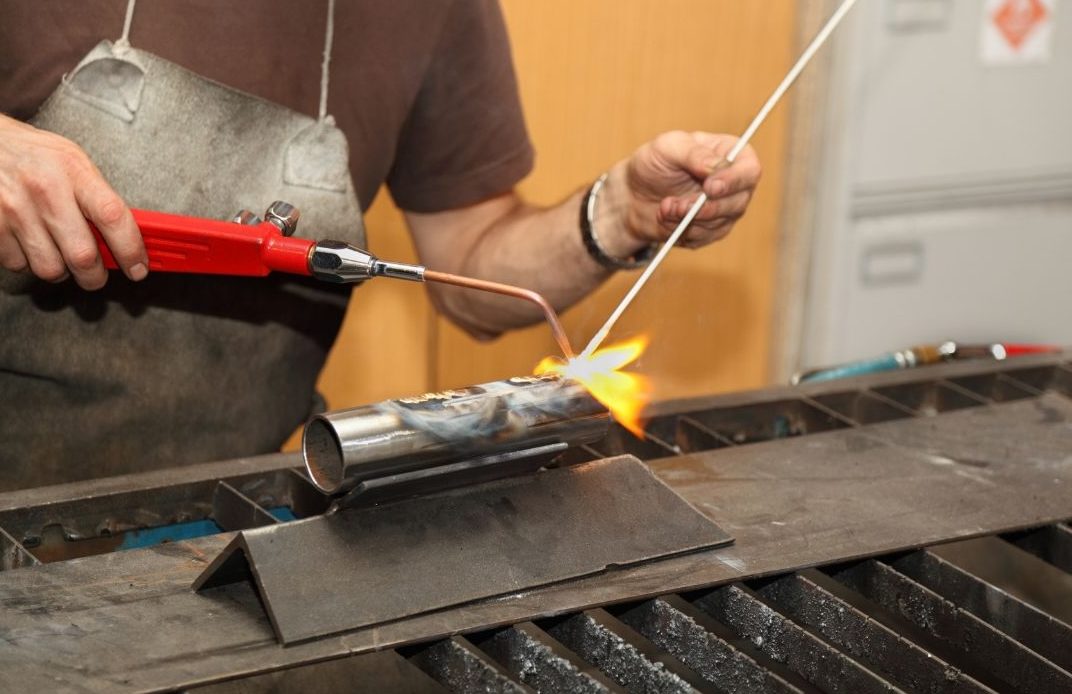
Brazing is a metal-joining process that uses a filler material to bond metals without melting the base metals. The filler, often made of silver, copper, or aluminium alloys, is heated until it flows into the joint by capillary action. Once cooled, it forms a secure bond.
Since brazing occurs at lower temperatures than welding, it reduces the risk of warping or damaging heat-sensitive materials. This method is commonly used in HVAC systems, plumbing, and electronics, where precision and minimal heat distortion are important.
Compared to welding, brazing allows for joining dissimilar metals but generally creates a weaker joint.
Joining Process
Welding and brazing differ in how they create metal joints. Welding melts the base metals, fusing them into a single, solid piece. This results in a strong, metallurgical bond but requires high temperatures and precise control.
Brazing, on the other hand, bonds metals using a filler material without melting the base metals. Capillary action draws the molten filler into the joint, creating a secure but mechanically bonded connection.
Welding usually requires joint preparation, such as beveling, while brazing needs thorough surface cleaning and flux application. Post-processing varies too, with welding requiring grinding and brazing often needing flux removal.
Temperature
One of the biggest differences between welding and brazing is the temperature required. Welding involves extremely high temperatures, often exceeding 1,500°C, depending on the metal. This intense heat melts the base metals, allowing them to fuse together.
In contrast, brazing operates at much lower temperatures, typically under 900°C, as it only melts the filler material. The high heat of welding can cause warping or distortion, especially in thin or heat-sensitive metals. Brazing is a better option for joining dissimilar metals without altering their properties, making it ideal for applications where excessive heat could weaken or damage the materials.
Joint Strength
Welded joints are typically stronger than brazed ones because welding fuses the base metals together, creating a bond as strong as the metal itself. This makes welding ideal for load-bearing structures and high-stress applications.
Brazed joints, however, rely on the filler material to hold the metals together, which generally results in lower strength. While brazed connections can be durable, they are better suited for applications where extreme strength isn’t required, such as HVAC systems and plumbing.
Welding is preferred for structural and heavy-duty work, whereas brazing works well for precision applications that don’t involve high mechanical stress.
Material Thickness
Welding is best suited for thick metals, as the high heat allows for deep penetration and strong fusion. However, welding thin materials can be challenging, as excessive heat may cause warping or burn-through.
Brazing, on the other hand, is ideal for thinner metals since it operates at lower temperatures and doesn’t melt the base materials. This makes brazing useful for delicate applications, such as joining thin-walled tubes or sheet metal.
Welding may require additional preparation, like beveling, for very thick materials, whereas brazing provides a simpler solution for joining different metal types without excessive heat exposure.
Equipment and Tools
Welding requires specialised equipment, including a welding machine, electrodes or filler wire, shielding gas, and protective gear like helmets and gloves. The setup can be costly and requires significant training to master. Brazing, in contrast, uses simpler tools, such as a torch, filler rods, flux, and cleaning brushes. Since brazing occurs at lower temperatures, it doesn’t require as much protective equipment. Welding setups tend to be more expensive due to the need for power sources and shielding gases, while brazing offers a more accessible option for those working with thin or heat-sensitive materials. Skill level requirements also differ, with welding generally needing more expertise.
Applications
Welding is commonly used in industries requiring strong, permanent joints, such as construction, automotive manufacturing, shipbuilding, and heavy machinery. Its high strength makes it ideal for load-bearing structures and high-stress environments.
Brazing, on the other hand, is preferred for applications where precision and minimal heat distortion are essential. It is widely used in HVAC systems, plumbing, electronics, and jewellery-making. Brazing is also useful for joining dissimilar metals, making it a better choice for delicate or heat-sensitive components. While welding excels in structural applications, brazing is often the go-to method for intricate and corrosion-resistant metal joining.
Both welding and brazing have their advantages, but selecting the right process depends on your project’s needs. If you require high-strength, load-bearing joints for structural or industrial applications, welding is the best choice. For delicate, heat-sensitive components or joining dissimilar metals, brazing may be more suitable.
At Greengate Metal Components, we specialise in precision welding services tailored to your fabrication needs. With our expert welders and advanced equipment, we deliver strong, reliable joints for a wide range of industries. Whether you need MIG, TIG, or stick welding, we ensure top-quality results that meet your exact specifications.
Need professional welding solutions? Contact Greengate Metal Components today to discuss your project.

